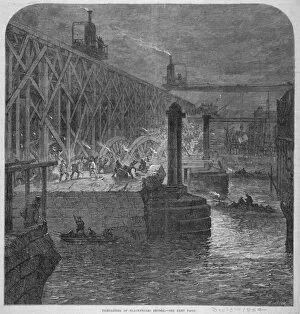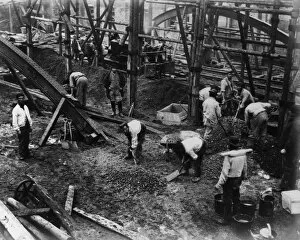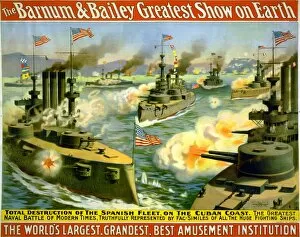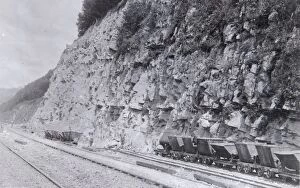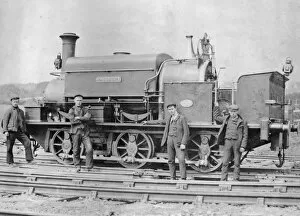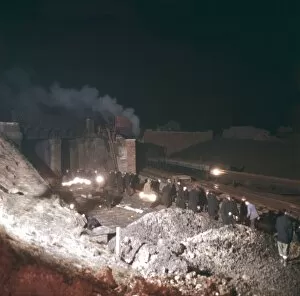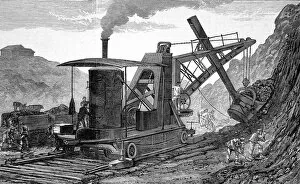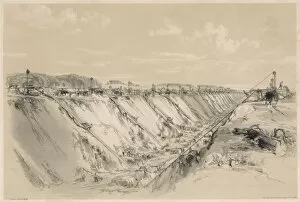Navvy Collection (page 3)
"Unsung Heroes of the Railway: The Mighty Navvies" Step back in time with this captivating illustration from W Heath Robinson's "Railway Ribaldry
For sale as Licensed Images
Choose your image, Select your licence and Download the media
"Unsung Heroes of the Railway: The Mighty Navvies" Step back in time with this captivating illustration from W Heath Robinson's "Railway Ribaldry, " showcasing the indomitable spirit of navvies. These hardworking laborers, like those seen here in Treffgarne, Pembrokeshire, South Wales during the construction of St Pancras Station in London circa 1867, were instrumental in shaping our modern transportation system. Their tireless efforts can be witnessed through remarkable discoveries such as fossilized trees unearthed during railway cutting works. Take a glimpse into history with John Cooke Bourne's artwork capturing Tring cutting on the London & Birmingham Railway on June 17th, 1837 (1839). These dedicated GWR navvies left an enduring mark on landscapes across South Wales while working tirelessly to lay down railway lines. The image of a steam shovel alongside these determined individuals further emphasizes their crucial role. Witness how they transformed mere blueprints into reality as they built railway lines throughout the UK during the early 1900s. Their unwavering commitment and expertise were not limited to railways alone; even at Festival of Britain building sites in London, these men continued to shape our nation's infrastructure. Let us pay tribute to these unsung heroes - the mighty navvies who worked relentlessly behind-the-scenes - ensuring that generations could travel seamlessly across vast distances. Their legacy lives on within every rail we traverse today.









